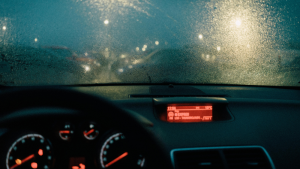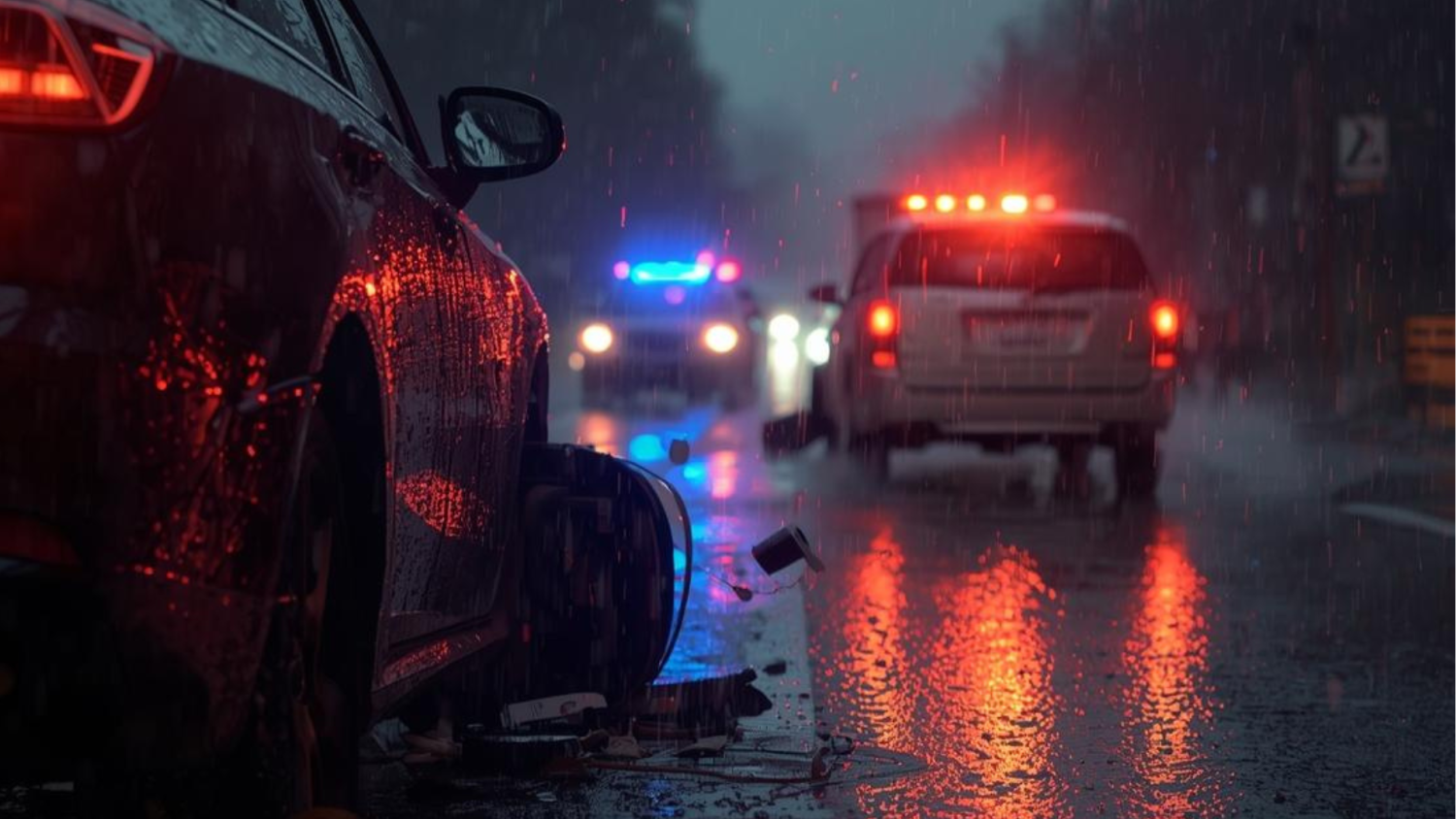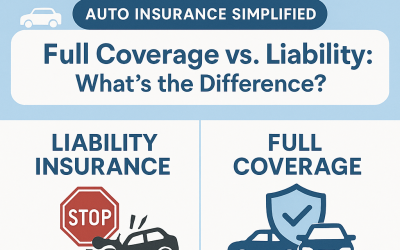How to File a Car Accident Claim and What to Do After an Accident
As the weather cools down and deer season arrives, roads can become more unpredictable. Between slippery conditions, shorter days, and more wildlife activity, the risk of accidents increases. That is why it is so important to know what to do if you ever find yourself in a fender bender or a more serious collision.
At Hibbs Insurance, we are here to guide you through every step of the car accident claim process so you can stay calm, safe, and protected when it matters most.
1. Make Safety Your First Priority
If you are in an accident, take a deep breath and check for injuries. Move your vehicle to a safe area if possible, turn on your hazard lights, and call 911 right away if anyone is hurt.
During winter months, icy roads and low visibility can make even small accidents more dangerous, so use extra caution and stay in your vehicle if it is unsafe to get out.
2. Document the Scene
Once you are in a safe location, take photos or videos of the damage, the surrounding area, and any contributing factors such as road conditions or animal crossings.
If the accident involves a deer, be sure to note the location and inform the police so they can document it for your insurance report.
This information helps create a clear record for your claim and can make the process much smoother later on.
3. Exchange Information
If another driver is involved, exchange names, phone numbers, driver’s license numbers, and insurance details. Avoid admitting fault or assigning blame at the scene. The insurance adjuster will determine responsibility after reviewing all the details.
4. Notify Your Insurance Company
Contact your insurance provider as soon as possible to start your claim. At Hibbs Insurance, our team is here to walk you through the process, explain what your coverage includes, and help you understand what to expect next.
Be ready to provide:
- The date, time, and location of the accident
- A description of what happened
- Photos or videos of the scene
- A copy of the police report, if available
Quick reporting helps speed up claim processing and ensures you receive the right support from your policy.
5. Understand Your Coverage
Different types of auto insurance cover different situations:
Liability Coverage: Pays for damages or injuries you cause to others.
Collision Coverage: Helps pay for damage to your car if you hit another vehicle or object.
Comprehensive Coverage: Covers damage from non-collision events such as deer accidents, hail, or falling branches, all of which are common during winter months.
Reviewing your policy before an accident happens ensures you know exactly what is covered when you need it most.
6. Preventing Future Accidents
As we move into the colder months, take extra care on the road.
Slow down in wet or icy conditions.
Be alert for deer, especially around dawn and dusk.
Keep headlights clean and bright.
Maintain safe following distances.
Check tires and brakes before the first freeze.
Being proactive can help reduce your risk and keep you, your passengers, and others on the road safe.

Final Thoughts
Accidents can happen to anyone, but being prepared makes all the difference. Knowing what to do and understanding your coverage helps protect you financially and gives you peace of mind through every season.
At Hibbs Insurance, we are always here to help you file a claim, review your policy, or explore ways to make sure your coverage fits your needs.
Need help with your auto insurance?




